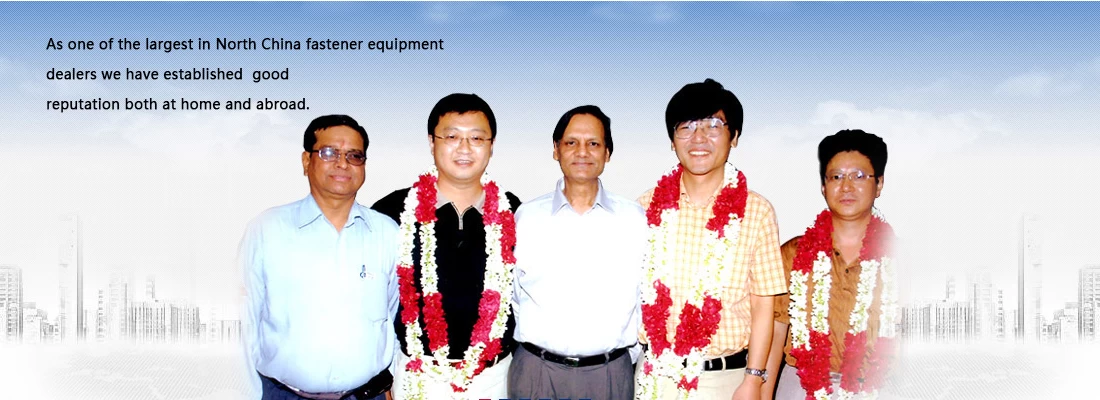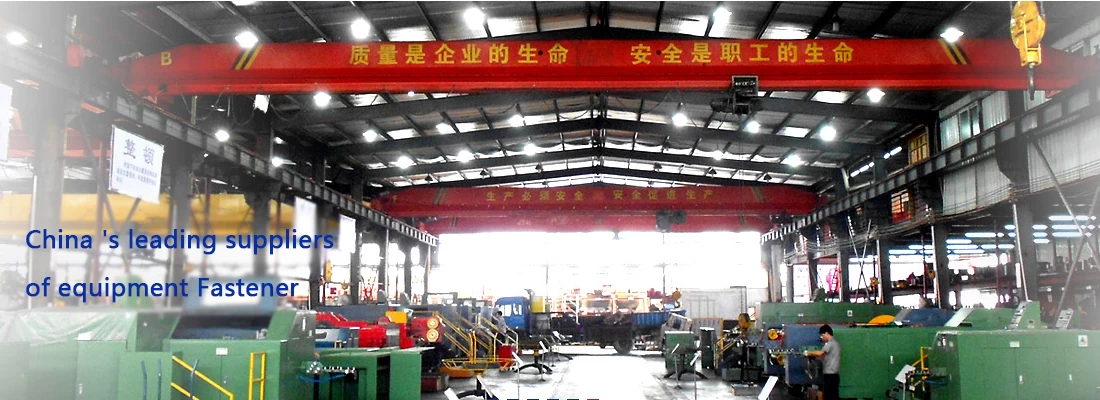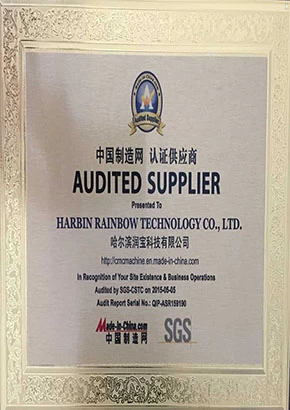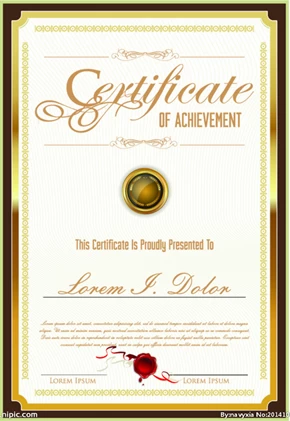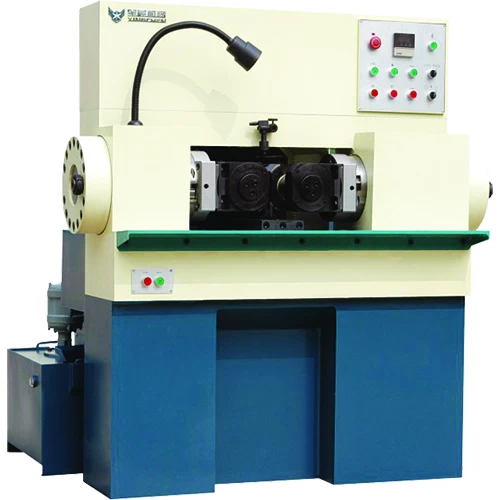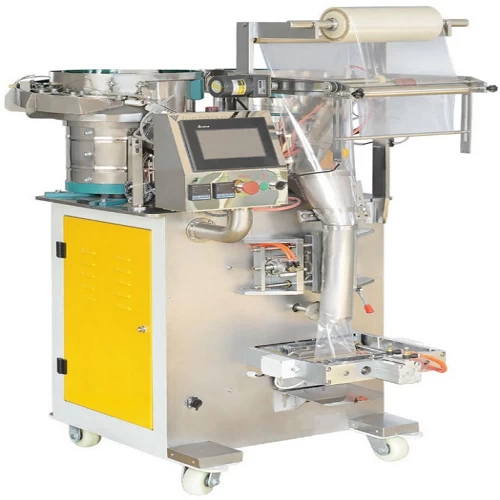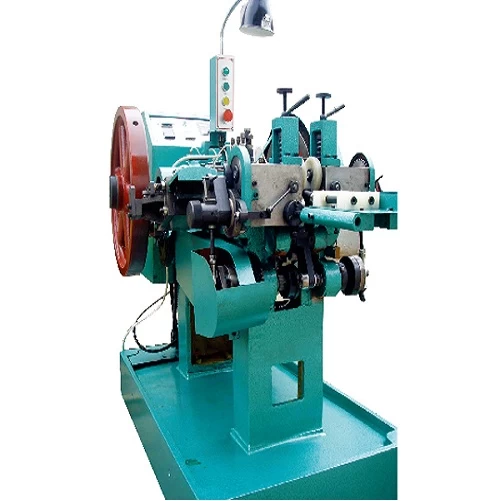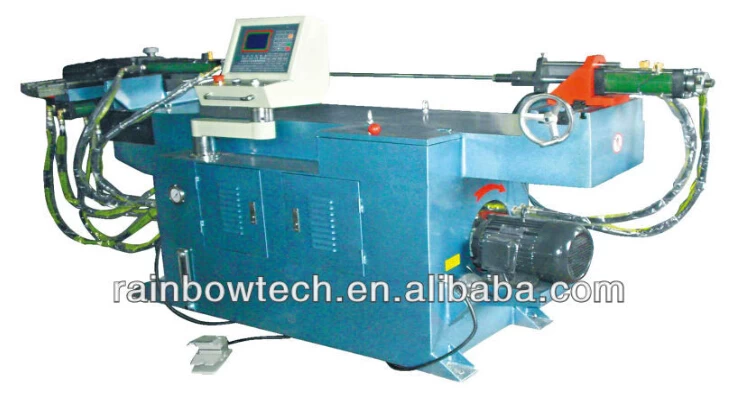What Is Cold Forming?
As you may know, there are several ways to make fasteners, including cold forming, hot forging, and machining. While each of these processes works well for their intended applications, this article will focus solely on cold forming. We’ll take a closer look at what cold forming is, how it works, and what its advantages and disadvantages are.
What Is Cold Forming?
Cold forming, also known as cold heading, is the process of forming a fastener without heating up the material. This is usually accomplished by striking or pressing the material within a form, or die, to create a part with your desired features and dimensions. This high-speed process allows manufacturers to produce large quantities of products quickly, consistently, and cost-effectively.
What Is Cold Forming Used For?
Cold forming is a very common method for manufacturing fasteners of all varieties. It’s also a trusted manufacturing method for many other applications as well, including (but definitely not limited to):
-
Creating large, flat metal sheets
-
Folding metal into complex shapes
-
Shaping metal tubes
-
Forming riveted joints
RELATED: Need a specialty bolt, screw, or stud? Wilson-Garner can help.
Which Materials Can Be Cold Formed?
Cold forming is primarily used to manipulate the shape of metals. The process works with an abundance of metal types, including stainless steel, carbon steel, copper, brass, aluminum, lead, bronze, and various alloys.
However, it’s important to remember that each of these metals behaves differently — so while you can cold form them all, some may deliver better results than others, or some may be suited perfectly for a different type of manufacturing process, like machining.
We’ve found that some of the best metals for cold forming — especially for cold forming fasteners — include alloy steel and low carbon steel.
What Happens During the Cold Forming Process?
The cold forming process is pretty straightforward in theory. You simply place a chunk of material into a form, then strike or press it to form the part.
However, there are a couple of different forming methods that can be used to achieve different results. These include:
-
Forward extrusion – A method of pushing the material into a form that has a reduced diameter, so that the material’s diameter also reduces.
-
Backward extrusion – A method of pushing the material into a form with a rod, causing the material to flow back around it. This creates a hollow-shaped hole in the material.
-
Upset – A method of forming heads on fasteners. Material is pushed into a short form, then the excess material is upset at the face of the form to create a particular head shape.
-
Thread rolling – A method of threading fasteners by rolling the stock of material through dies with external thread-like rollers. These rollers press and contort the material’s surface to form threading without having to cut away or remove any material.
What Are Some Advantages of Cold Forming?
Cold forming is one of the preferred methods of making special fasteners. Below are a few reasons why:
Reduced Waste
In other manufacturing processes like machining, you have to remove and waste material to achieve your desired outcome. But when you cold form a fastener, you shape the material into its desired form without removing any of the material. This reduces a great deal of waste and improves material utilization.
Fast Production
Cold forming is a high-speed process. In fact, some manufacturers use it to make 100 parts per minute. Better yet, that speed is paired with consistently precise and quality results.
Added Strength
In a process called “work hardening”, cold forming adds strength to the part. When the material is shaped without being cut or heated, it keeps its grain structure. The grains flow along the contours of the part, which adds strength to the part.
Reduced Energy Consumption
Unlike hot forging, cold forming requires no additional energy to heat the material before production.
What Are Some Disadvantages of Cold Forming?
Although it’s a great process for many applications, cold forming does have some drawbacks to keep in mind, including:
Size Limitations
The bigger the diameter of a fastener, the more pressure is needed to press material into its desired shape. If you had a big enough machine, you could produce fasteners of any size. However, this isn’t usually feasible, so some considerably large fasteners must be hot forged.
Shape Limitations
As much as cold forming capabilities have improved over the years, some specialty parts with unique shapes can’t be formed without cutting material. Therefore, they’re more suitable for the machining process.
Material Limitations
As mentioned above, some materials lend themselves better to cold forming than others. Although it’s possible to use a variety of metals, sticking to the most effective types will give you better results.






